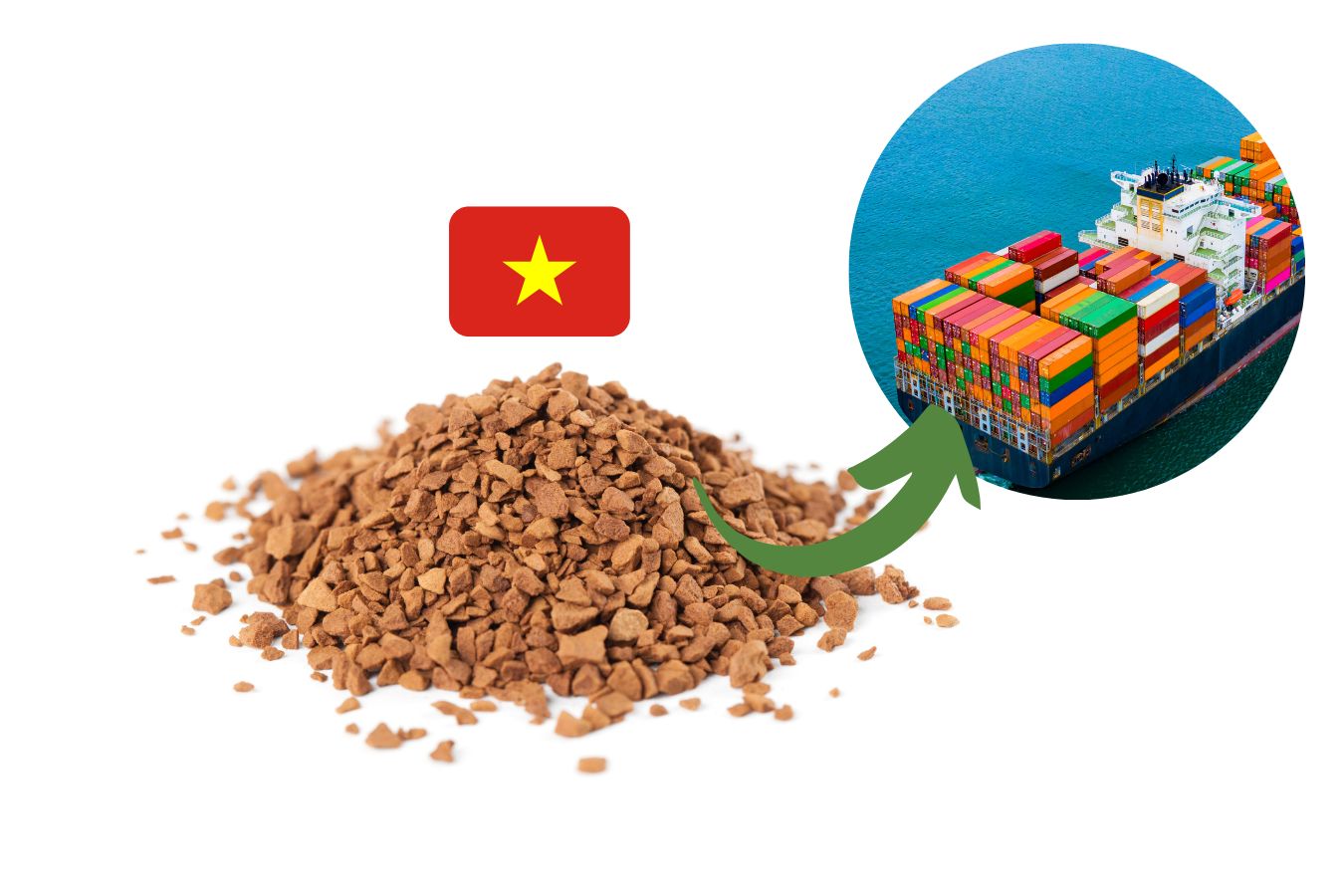
Bulk Instant Coffee Wholesalers In Vietnam | Instant Coffee Supplier: In 1771, the first instant coffee was invented (about 200 years after coffee was introduced to Europe – belonging to John Dring, the Englishman).
Since then, instant coffee has become widely known, and waves of coffee have dominated the beverage market, most notably the two “giants,” Folger and Maxwell House. Even after many decades, instant coffee has always had a place in the coffee industry.
In this article, we will visit Vietnam, which ranks second globally in terms of coffee exports. We’ll look at the top 5 bulk instant coffee wholesalers in this lovely S-shaped country.
What exactly is instant coffee for bulk?
“Instant coffee, also called soluble coffee, coffee crystals, coffee powder, or powdered coffee, is a beverage derived from brewed coffee beans that enable people to quickly prepare hot coffee by adding hot water or milk to the powder or crystals and stirring.
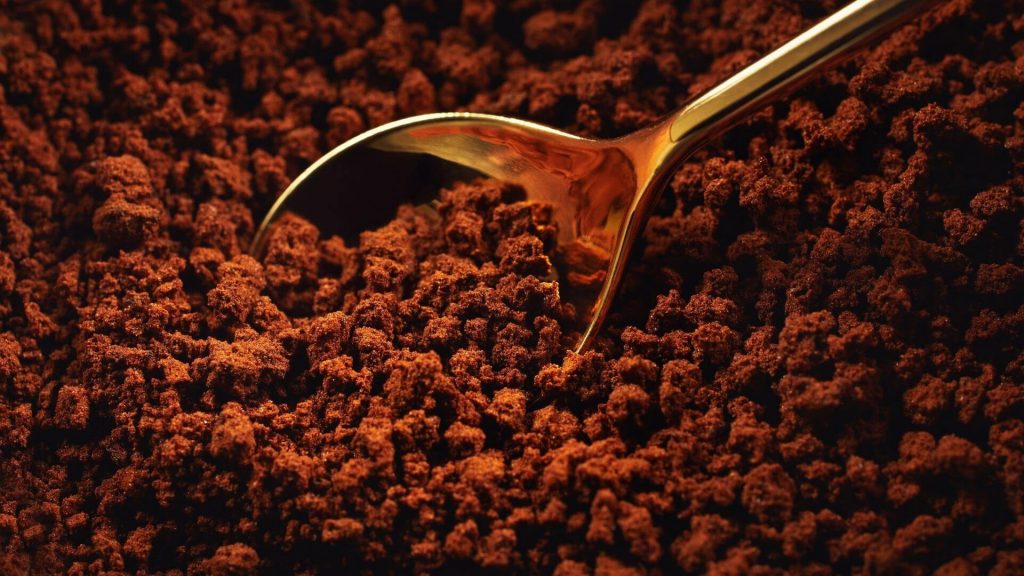
What is Instant Coffee Production Process?
Instant coffee is produced by combining coffee with other components such as sugar and milk cream to generate 2in1, 3in1, and 4in1 coffee lines… Coffee is sourced from coffee beans. Green coffee (raw coffee beans) of superior quality is dusted and washed. The roasted beans are then ground into a powder for filter coffee or processed into instant coffee.
The manufacture of instant coffee consists mostly of the following steps:
2.1. Roast and grind ground coffee
Immediately following the selection of the desired green coffee beans, the coffee is roasted. The optimal roasting duration for coffee beans, according to international standards, is between 18 and 25 minutes per batch, and roasting using advanced technology helps preserve the beans’ inherent flavor.
The coffee beans are cooked uniformly from the inside out, with no bubbles or scorched edges. Regardless of their size, the seeds are uniform in ripeness and color. The roasted coffee beans are then processed into coffee powder. The coffee powder used in the production of instant coffee must be finely ground.
2.2. Extraction
Extraction is the process of dissolving chemicals in coffee with hot water to create an extraction solution with a concentration and solubility of between 25 and 35 percent. The system and procedure for coffee extraction are as follows:
- First, the coffee is put into a temperature-insulated intermittent pyramid-shaped extractor.
- To extract coffee, circulate water heated to between 80 and 90 degrees Celsius from the base of the tower.
- When hot water is passed through the coffee in the tower, dissolvable compounds will be extracted.
- At the pinnacle of the tower, these solutes will create a solution. To assist boost the quantity of solute gathered at the tower’s apex, the tower’s coffee powder will be regularly changed.
Essential to the production of instant coffee is apparatus for extraction and taste recovery.
The extraction must be repeated multiple times, and the quantity of fine powder dissolved deeply in water must be limited. The coffee extract solution might reach a concentration of 20-22%.
2.3. Concentrates
Due to the 20-22% concentration of the coffee solution after extraction, we are unable to dry the coffee. To simplify the drying procedure, the extract must be concentrated to a 30-33% concentration.
Vacuum concentration is the most prevalent method of concentration. Injecting the coffee solution into the heating apparatus. Here, the coffee water rapidly absorbs heat and evaporates. At the condenser, the vacuum produced by the barometer will absorb the steam and cause it to condense. The operation is repeated until the appropriate solution concentration is obtained, at which point it is terminated.
2.4. Dried
After the process of concentration, the coffee is dried into a powder to aid storage and use. Spray drying is the most prevalent technique. The coffee concentration is injected into the cyclo’s top.
A small perforated disc with an extremely rapid rotational speed causes the coffee to enter the cyclo as a mist. Dry, hot air is blasted into the cyclo in order to convert the coffee mist into powder.
The instant coffee powder is collected at the cyclo’s base. After drying, the instant coffee powder has a 1-2% moisture content and a dark brown hue.
2.5. Repatriation
The flavor of coffee diminishes progressively during processing, particularly during the high-temperature spray drying procedure. To ensure that your coffee is taste and flavor to the coffee standard, the chemical components of the coffee’s aroma will be recovered prior to extraction and reintroduced after drying. It is known as repatriation.
The technology for coffee repatriation is undertaken in two stages.
- The first is desorption, which is a method for capturing a gas combination using an inert gas. The result is a blend of N2 gas with the coffee’s inherent fragrance components.
- The dried coffee powder is extremely porous, so when it comes into contact with the gas combination, it generates the most harmonious composition. Here we obtain the final instant coffee powder.
The flavor of instant coffee versus ground coffee
Many elements of the coffee bean are lost during all of the steps of packaging instant coffee:
- Coffee loses some oils that give the coffee its distinctive flavor during drying and freezing. Coffee grounds also retain more caffeine content, which influences taste. (It’s worth noting, however, that Robusta coffees have a higher caffeine content, which is why they’re frequently used as instant coffees to compensate for caffeine lost during processing.)
- Overall, no matter which instant coffee you choose, it will taste the same. Whether light or dark roasts are used, most instant coffees will taste bitterer than regular ground coffee. It also does not go through the same brewing process as the base does, with all the steps determining its flavor. It is viewed as a compromise between time and taste.
Top 5 Bulk Instant Coffee wholesalers in Vietnam
After Brazil, Vietnam is the world’s second-largest coffee exporter. Vietnam’s coffee exports will reach 1.52 million tons in 2021, valued at approximately $3 billion. As a result, this location is the birthplace of numerous large and small coffee brands. We will introduce you to five well-known brands in bulk coffee wholesales in Vietnam
Top 1: Helena Coffee Vietnam | Vietnamese Instant Coffee Supplier
Helena Coffee Vietnam is a well-known bulk Instant coffee wholesaler in DakLak, Vietnam’s Robusta coffee capital. With the mission of “changing the lives of millions of farmers while also contributing to the health of the consumer community through the highest quality coffee products.” Bringing high-quality coffee from farmers to the global market.
Helena Coffee Vietnam always buys a consistent supply of coffee from farmers to process and produce a wide range of product lines.
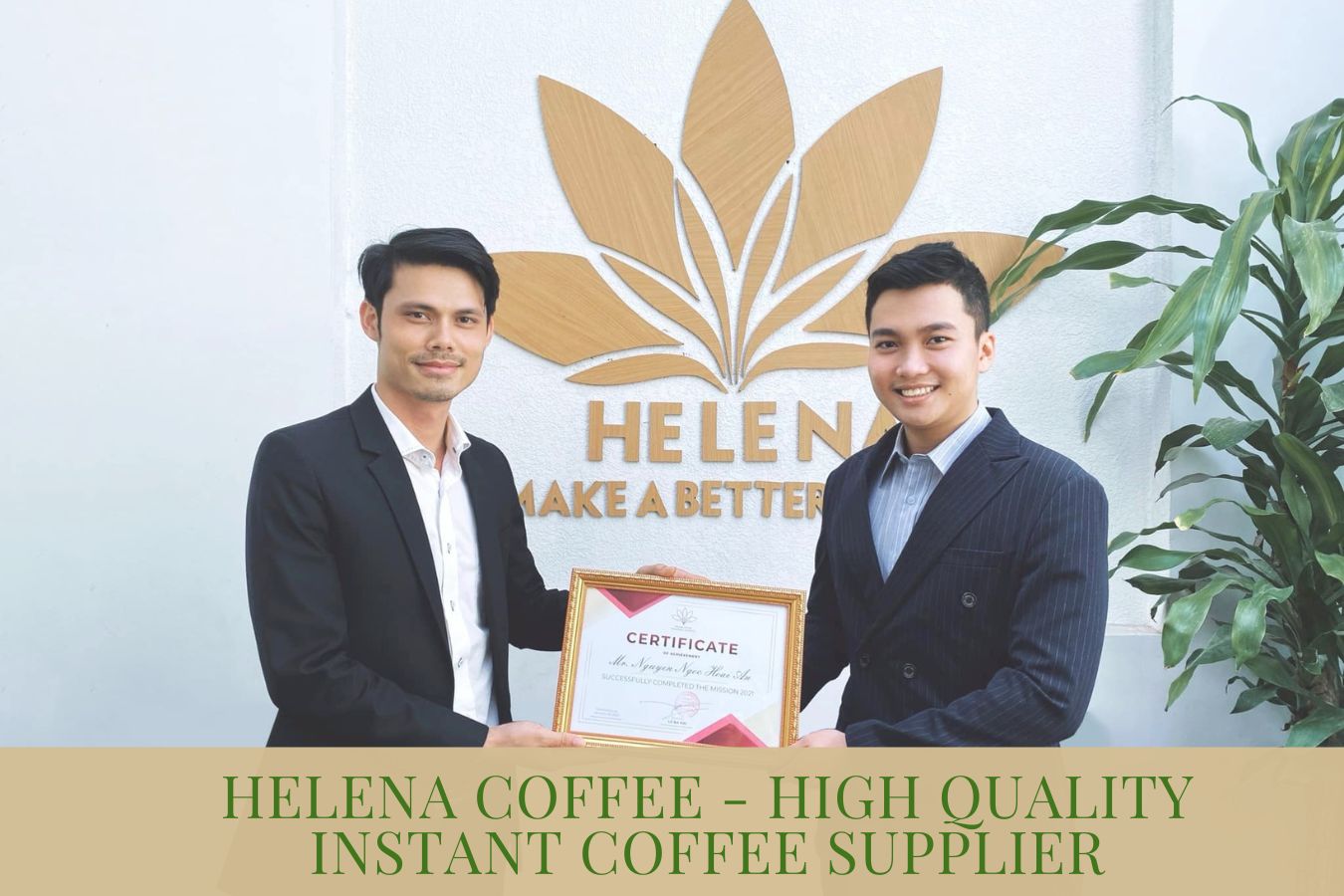
Furthermore, they promote “green agriculture” and “smart agriculture” following international standards such as UTZ, GlobeGap, Fairtrade, and others to assist farmers in improving coffee quality and raising prices. Other agricultural products should be valued, and nature should be preserved to provide the best quality products to consumers.
Helena’s products come in various forms, ranging from ground coffee to instant coffee, and there are two main coffee lines: arabica and robusta. Spray-dried instant coffee, freeze-dried instant coffee, 3 in1, 4in 1 with Helena’s international standards process. Helena coffee Vietnam has become an enterprise with leading instant coffee production technology with a capacity of up to 1000 tons/year.
Top 2: Trung Nguyen Group’s G7 Coffee

G7 coffee is a Trung Nguyen Group instant coffee brand that includes many different products such as G7 3in1, 2in1, G7 black instant, and others. It was first introduced in Vietnam at the end of 2003. Vinacafe and Nescafe were the two major players in the instant coffee industry. As a result, Trung Nguyen has employed strategies to instill the national spirit in each product.
G7’s success can be attributed to the right business strategy and high-quality coffee. This instant coffee brand dominated the Vietnamese market in 2012. G7 coffee is now exported to over 60 countries and regions worldwide.
Trung Nguyen is always looking for new ways to diversify its offerings. Customers have numerous options in the G7 instant coffee line alone: G7 3in1 instant coffee, G7 Cappuccino instant coffee, G7 Gu strong X2 instant coffee, etc.
Top 3: Vinacafe
Vina coffee was founded in 1983, and the Vinacafé brand was born. During the 1980s, Bien Hoa Coffee Factory researched and improved techniques for standardizing production processes while also producing instant coffee for export in response to state orders
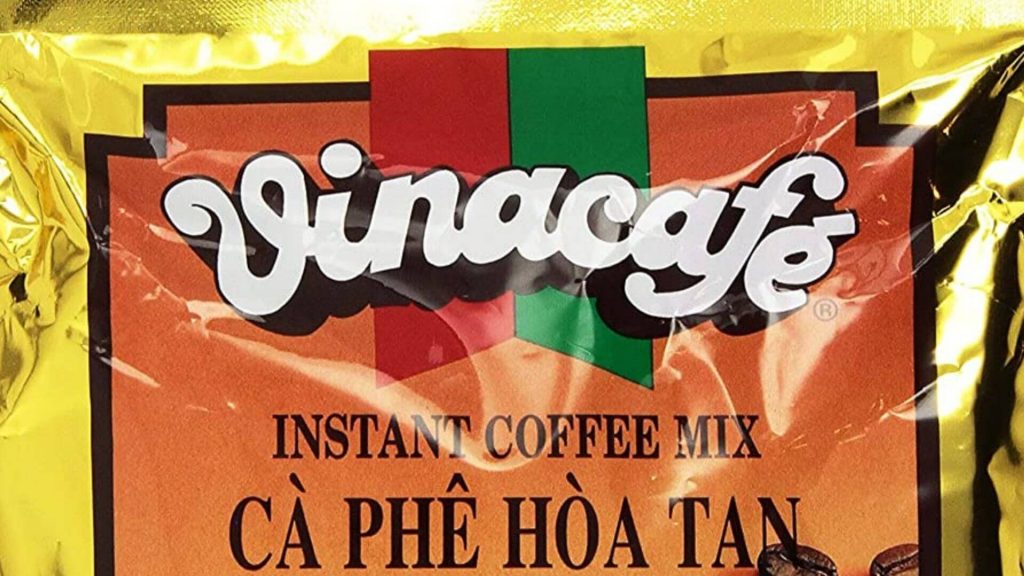
Initially, the company focused primarily on exports. Vinacafe shifted its focus to the domestic market until Vietnam adopted the market mechanism. Vinacafe has become an enterprise with leading instant coffee production technology thanks to the investment in a production plant with a capacity of up to 3000 tons/year.
Vinacafé Bien Hoa Joint Stock Company’s Vinacafé Instant Coffee is currently one of Vietnam’s oldest and most well-known brands.
Vinacafe offers a diverse range of instant coffee products in a variety of flavors to suit the preferences of its customers. Vinacafe Gold Original instant coffee with the original flavor, in particular, has won the hearts of millions of Vietnamese people over the last two decades. Vinacafe Gold Gu bold and Vinacafe 3in1 Original Buon Ma Thuot are also available.
Top 4: King Coffee ( Instant coffee supplier)
TNI Co., Ltd. developed King Coffee, a Vietnamese brand coffee product that was launched in the United States in October 2016. This brand had expanded to more than 60 countries and territories, including major markets such as China, the United States, Japan, Russia, Singapore, and Korea, before returning to Vietnam in August 2017.

Madame Le Hoang Diep Thao, CEO of TNI Corporation, chose the name King Coffee to introduce the Vietnamese coffee brand to the rest of the world. The use of the King Coffee brand name will be global, easy to read, and easy to identify, bringing the brand closer to international consumers.
Trung Nguyen International’s headquarters are currently in Ho Chi Minh City. King Coffee is also a wholesaler of various products, including 3 in 1 instant coffee, instant black coffee, espresso, cappuccino, and so on.
Top 5: Highlands coffee
When his love and desire to devote himself to his homeland prompted a young overseas Vietnamese businessman – David Thai – to return to Vietnam in 1995.
Because his parents are Vietnamese, he was exposed to many exciting stories and proud traditional values about the S-shaped country from a young age. So, despite his Western education, his Vietnamese blood continued to flow and brought him back to learn about his homeland’s culture.
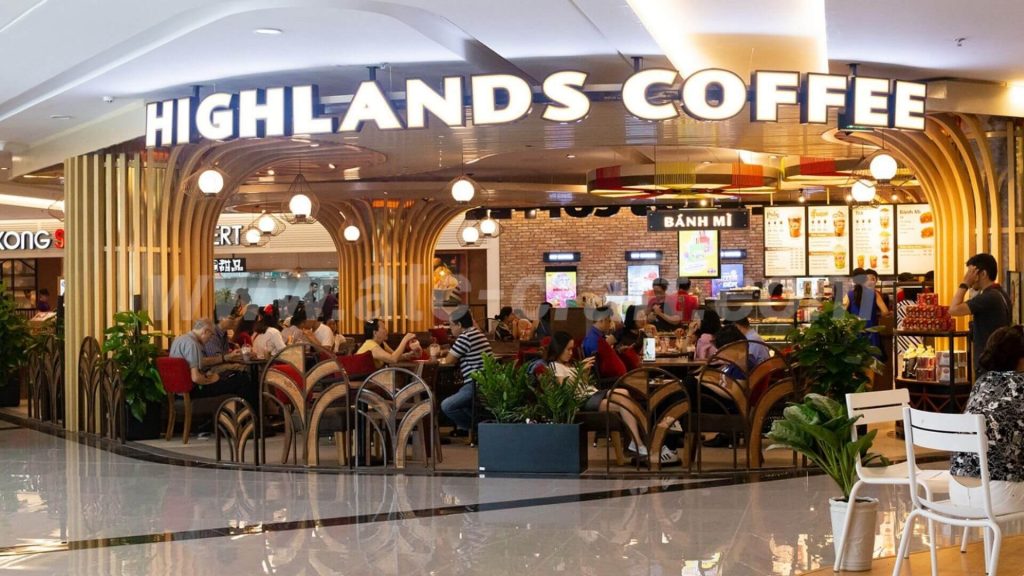
In 1999, the Highlands Coffee brand was born out of a love of Vietnam and a passion for coffee to elevate Vietnam’s long-standing coffee heritage and spread the spirit of pride, harmony, and connection between tradition and tradition traditional and modern.
Highlands Coffee quickly conquers the most demanding customers with its rich, “standard taste” flavor according to the actual quality of Vietnamese coffee by using clean, pure Vietnamese ingredients combined with a unique filter recipe.
Highlands Coffee 3in1 Instant Coffee has a delicious, rich, seductive taste with pure coffee flavor, making it the ideal choice for many Vietnamese consumers.
Related Posts: